Can someone explain about lightening a paint color by percentages
sis2two
9 years ago
Featured Answer
Sort by:Oldest
Comments (29)
yayagal
9 years agolazy_gardens
9 years agoRelated Discussions
Can someone explain Linkedin?
Comments (6)IMO your LinkedIN network is of greatest value if you participate on the forums on LinkedIN. I admin one of the forums called Color & Paint Professionals - International which is a "closed" group but I let anyone who asks in; it's closed just so I can review profiles before clicking them in. Also admin the IACC/NA group which is a totally closed group exclusively members only. So while I do have connections from in real-life in my network, there are also the folks I know via the LI and other online forums and groups. It's useful because my connection's activities are displayed on my main LI front page feed so I can keep track of what's going on within my entire network at any time on one page. See something interesting, I can follow them on to their facebook page, their Twitter or to the forum(s) where they are posting on LI. Once you peel into it, you see how LI organizes your connections by their profession and you are then able to focus and channel what you want to actually *do*, how you want to engage and/or follow your entire network. For example, all the color trend people I'm connected with are members of two or three core LI Forums 100% focused on trends so I can find them there and get quick updates. Lots of other ways you can use LI, that's just one example. From a social media perspective, LI, is one of THE most powerful sand boxes to play in....See MoreCould someone explain how paint works-want to get a lighter color
Comments (5)Two things here. "How paint works": paint comes in usually four different bases for the different colors. Pastel base has a lot of white pigment and very little room in the can for adding colorant. Medium base has less white pigment and more room. Then there deep base and ultra base, which is nearly transparent and has a lot of room to add colorant. If you want a dark color, you have to start with a transparent base, not a lot of white. That is why ultra dark colors can take more coats and take longer to dry. Most colorants don't dry well and are not as strong as paint. (BM's new Aura is a different animal and covers extremely well in dark colors and dries fast.)Dark colors can take 2 to 4 weeks to "cure" before they stop rubbing off. Now how your 50% equation fits into this. Back in the days when all houses were painted in pastels, a common method of picking a ceiling color was to add only 50% of the color formula to the pastel paint base at the time it was ordered at the paint store. You would have a light color on the wall and a 1/2 strength, lighter color on the ceiling. Today's colors are deeper, and if you ask a paint clerk to mix 50% of a medium base color, she or he then has to decide whether to go with the medium base or move to a pastel base. Either decision changes the equation and you will not get the color you pictured in your mind. I sell paint, and I can tell you I have mixed many 50% formulas that simply do not work, and no one is happy, because the color was too deep to use this old idea with. I prefer to walk over to the color chips and find a lighter color by eye that will work great as a ceiling color with the wall color the customer has chosen. I have many years of experience in working with color, as well as a BA in Art from Cal Berkeley. You might be surprised to learn how many blue collar wage slaves are actually very well educated. If you can visit a few paint stores and talk to the staff before choosing paint for your next project, you may find a "free" color consultant in the process. Just be sure to buy your paint there....See MoreCan you explain paint question?
Comments (5)Can you actually go in and ask the store what the LRV to a paint color is? Probably not. Over the course of about ten years, I have never once encountered anyone in a paint store or the paint industry overall who could cogently speak to LRV. Not. once. Don't bother asking at the paint store. They are paint experts. Not color experts. The Encycolorpedia site has issues with their source of original data. If you want to color by the numbers, then the data you start with must be correct and conversion methods must be consistent. I don't see that being the case with this website. All major paint brands list LRV in the fandeck index. If a brand doesn't list LRV in their color tools like a fandeck, they usually have it listed online. (Not very professional, but I'm sure they're doing the best they can.) LRV tells you the percent of light a color reflects. It's that simple. It doesn't matter how much light or how little light. The percent reflected is the percent reflected. For example, if a color's LRV is 40%, that means it reflects 40% of the light that hits it and it keeps, or absorbs, the remaining 60%. Bright room, dim room, north room, south room, doesn't matter - the color will reflect 40% of the inherent light and keep 60%. I continued the color into the living room and it seems totally washed out. Would this be because of the ratio? No. Has nothing to do with LRV contrast ratio. The part of color that describes what happened is nuance. Nuance is light reflectance value PLUS saturation. In other words, you have to consider two parts of color at the same time: light/dark which is LRV and saturation which is about how vivid or dull the color is. Simply put, the color Toast has the perfect pitch of nuance to do what you want it to in the family room, but its nuance isn't robust enough for the stronger quality of light in the living room. HEX values are about RGB in the additive color space which emits light to your eyeballs. Think digital color like your computer monitor, iPhone screen, Kindle, etc. Completely different from, and not to be confused with, the subtractive color space that reflects color to your eyeballs. Think paint colors, printer's inks, flooring, counter tops, everything in the real world reflects color. Here is a link that might be useful: LRV explained...See MoreAnother Sad Painting Disaster.Hope someone can explain what went wrong
Comments (20)Why does it bother you Soph? I'm not expressing anything besides theres a thousand and one other things I prefer to spend my money on. Generally, Ive found that simple technical questions don't usually require a photo. It would be helpful though to know exactly what product was first applied and what product(s) she is now trying to use . Can this b e deciphered by looking at a photo? Maybe, maybe not. Sure, post a photo but this woodworker/refinisher would still want to know the specifics re products that were used....See Moretheclose
9 years agolazy_gardens
9 years agoLori A. Sawaya
9 years agosis2two
9 years agoCEFreeman
9 years agoLori A. Sawaya
9 years agolazy_gardens
9 years agoLori A. Sawaya
9 years agoCEFreeman
9 years agoLori A. Sawaya
9 years agoCEFreeman
9 years agowilliamsem
9 years agotomatofreak
9 years agoLori A. Sawaya
9 years agoLori A. Sawaya
9 years agotomatofreak
9 years agolazy_gardens
9 years agoBunny
9 years agowilliamsem
9 years agoLori A. Sawaya
9 years agotomatofreak
9 years agoJessica V
6 years agosis2two
6 years agoBunny
6 years agolast modified: 6 years agoBunny
6 years agolast modified: 6 years agosis2two
3 years ago
Related Stories
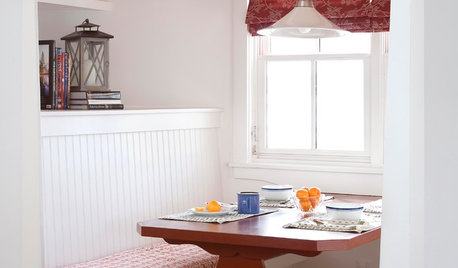
KITCHEN DESIGNKitchen Banquettes: Explaining the Buffet of Options
We dish up info on all your choices — shapes, materials, storage types — so you can choose the banquette that suits your kitchen best
Full Story
COMMUNITYCommunity Building Just About Anyone Can Do
Strengthen neighborhoods and pride of place by setting up more public spaces — even small, temporary ones can make a big difference
Full Story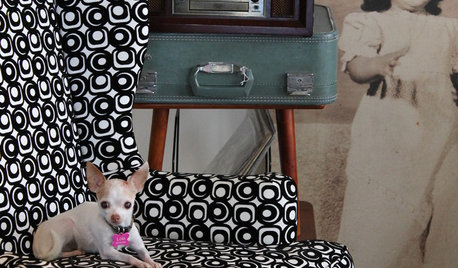
PETSWhat Chihuahuas Can Teach Us About Interior Design
Who knew these tiny dogs could be such a huge fount of design tips? Houzzers did
Full Story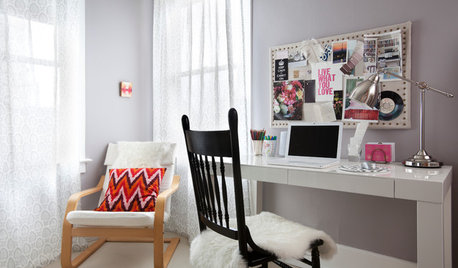
WORKING WITH PROS10 Things Decorators Want You to Know About What They Do
They do more than pick pretty colors. Here's what decorators can do for you — and how you can help them
Full Story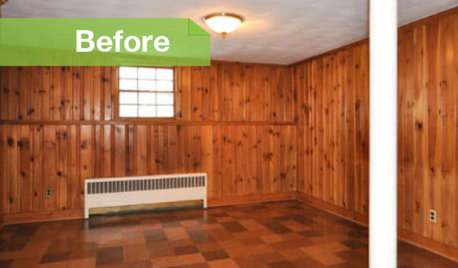
PAINTINGKnotty to Nice: Painted Wood Paneling Lightens a Room's Look
Children ran from the scary dark walls in this spare room, but white paint and new flooring put fears and style travesties to rest
Full Story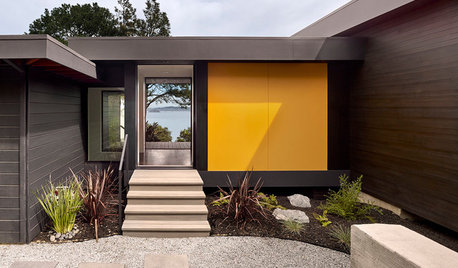
BUDGETING YOUR PROJECTConstruction Contracts: What to Know About Estimates vs. Bids
Understanding how contractors bill for services can help you keep costs down and your project on track
Full Story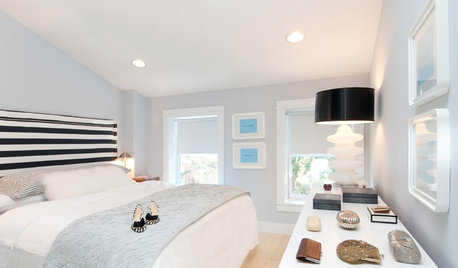
BEDROOMSGuessing Game: What Might Our Bedrooms Say About Us?
For entertainment only; actual accuracy may vary. Always don fun goggles and engage your imagination before playing!
Full Story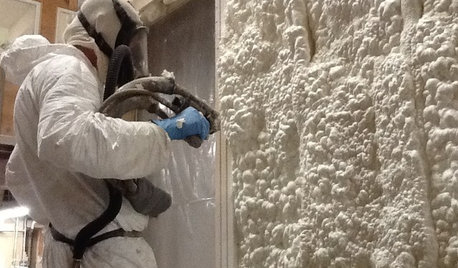
MATERIALSInsulation Basics: What to Know About Spray Foam
Learn what exactly spray foam is, the pros and cons of using it and why you shouldn’t mess around with installation
Full Story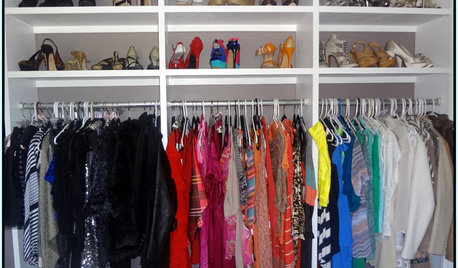
STORAGE5 Tips for Lightening Your Closet’s Load
Create more space for clothes that make you look and feel good by learning to let go
Full Story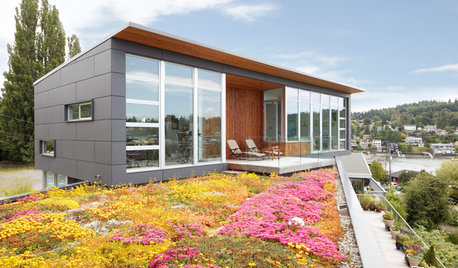
CONTRACTOR TIPSBuilding Permits: What to Know About Green Building and Energy Codes
In Part 4 of our series examining the residential permit process, we review typical green building and energy code requirements
Full Story




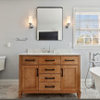
Lori A. Sawaya